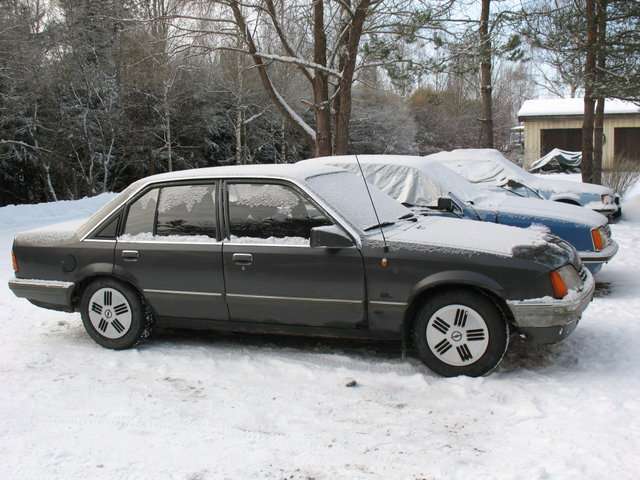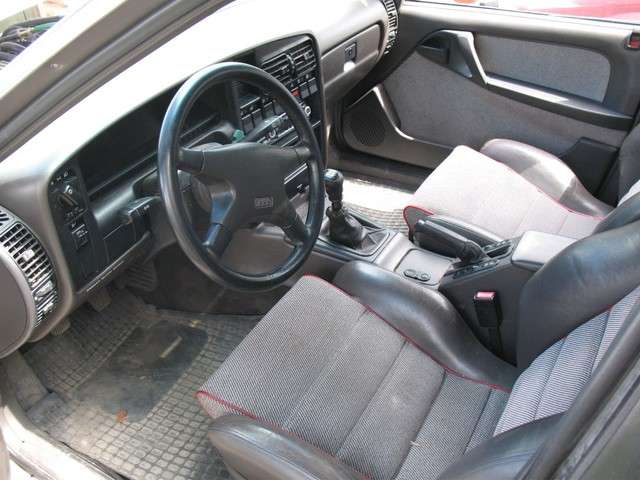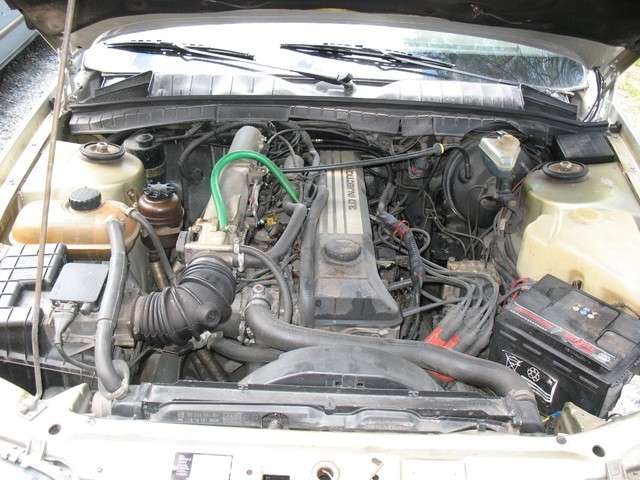Calaber
Nil Bastardo Carborundum
- Joined
- Nov 29, 2007
- Messages
- 4,334
- Reaction score
- 1,357
- Points
- 113
- Location
- Lower Hunter Region NSW
- Members Ride
- CG Captiva 5 Series 2
I can recall the motoring magazines out here at the release of the VB detailing the extensive body strengthening needed. I remember that during early prototype testing, the body suffered extensive fatigue cracking in the firewall area and the subframes were an obvious point that needed strengthening. The front rails and suspension towers would have also required it because of our rugged terrain, poor roads and the need to run V8 engines with their additional weight.
According to one of my references, Holden had to redesign the engine bay because it would only hold a six cylinder engine, nothing larger. During the process, the sheet metal in the engine bay was reinforced for Australian conditions.
I will quote the text for you. The quotations are those of senior Holden engineers at that time, Ray Grigg and Don Wylie.
"As the Germans built the car, it was absolutely useless in Australia. The front end wasn't strong enough. The engineers took it out to a favourite test road in the Flinders Ranges - one of the roads that they've recreated in part at the proving ground - where you can literlly make the car fly.
"They had strain gauges on the body and they sent the information back to Germany saying this is not going to work. The Germans said "No, you're wrong, there's no way you can record these strain levels, your gauges must be wrong." So the engineers thought, well, the Germans are pretty clever and they must be right. So they went back with more cars and did it again, getting exactly the same results each time. The Germans ended up coming out here and they committed us for being absolutely mad. Cars were not designed to be driven on roads like that. They reckoned that if you wanted to go to places like Ayers Rock, (before the road was sealed), or into the Flinders Ranges, you took a truck. But they had their introduction to the sort of durabilit we required."
"Some of the cars didn't even get past Dubbo, didn't get off the bitumen before they started falling apart. The dry struts were jamming up and then the front end structure just started coming apart as if it had been hit with a sledge hammer. The bodies were buckling above the rear mudguards which was caused by overloading of the rear suspension and consequent failure of the rear parcel shelf where it joins the rear quarter panel."
Hope that helps to understand where the strengthening took place and why it was necessary.
According to one of my references, Holden had to redesign the engine bay because it would only hold a six cylinder engine, nothing larger. During the process, the sheet metal in the engine bay was reinforced for Australian conditions.
I will quote the text for you. The quotations are those of senior Holden engineers at that time, Ray Grigg and Don Wylie.
"As the Germans built the car, it was absolutely useless in Australia. The front end wasn't strong enough. The engineers took it out to a favourite test road in the Flinders Ranges - one of the roads that they've recreated in part at the proving ground - where you can literlly make the car fly.
"They had strain gauges on the body and they sent the information back to Germany saying this is not going to work. The Germans said "No, you're wrong, there's no way you can record these strain levels, your gauges must be wrong." So the engineers thought, well, the Germans are pretty clever and they must be right. So they went back with more cars and did it again, getting exactly the same results each time. The Germans ended up coming out here and they committed us for being absolutely mad. Cars were not designed to be driven on roads like that. They reckoned that if you wanted to go to places like Ayers Rock, (before the road was sealed), or into the Flinders Ranges, you took a truck. But they had their introduction to the sort of durabilit we required."
"Some of the cars didn't even get past Dubbo, didn't get off the bitumen before they started falling apart. The dry struts were jamming up and then the front end structure just started coming apart as if it had been hit with a sledge hammer. The bodies were buckling above the rear mudguards which was caused by overloading of the rear suspension and consequent failure of the rear parcel shelf where it joins the rear quarter panel."
Hope that helps to understand where the strengthening took place and why it was necessary.




